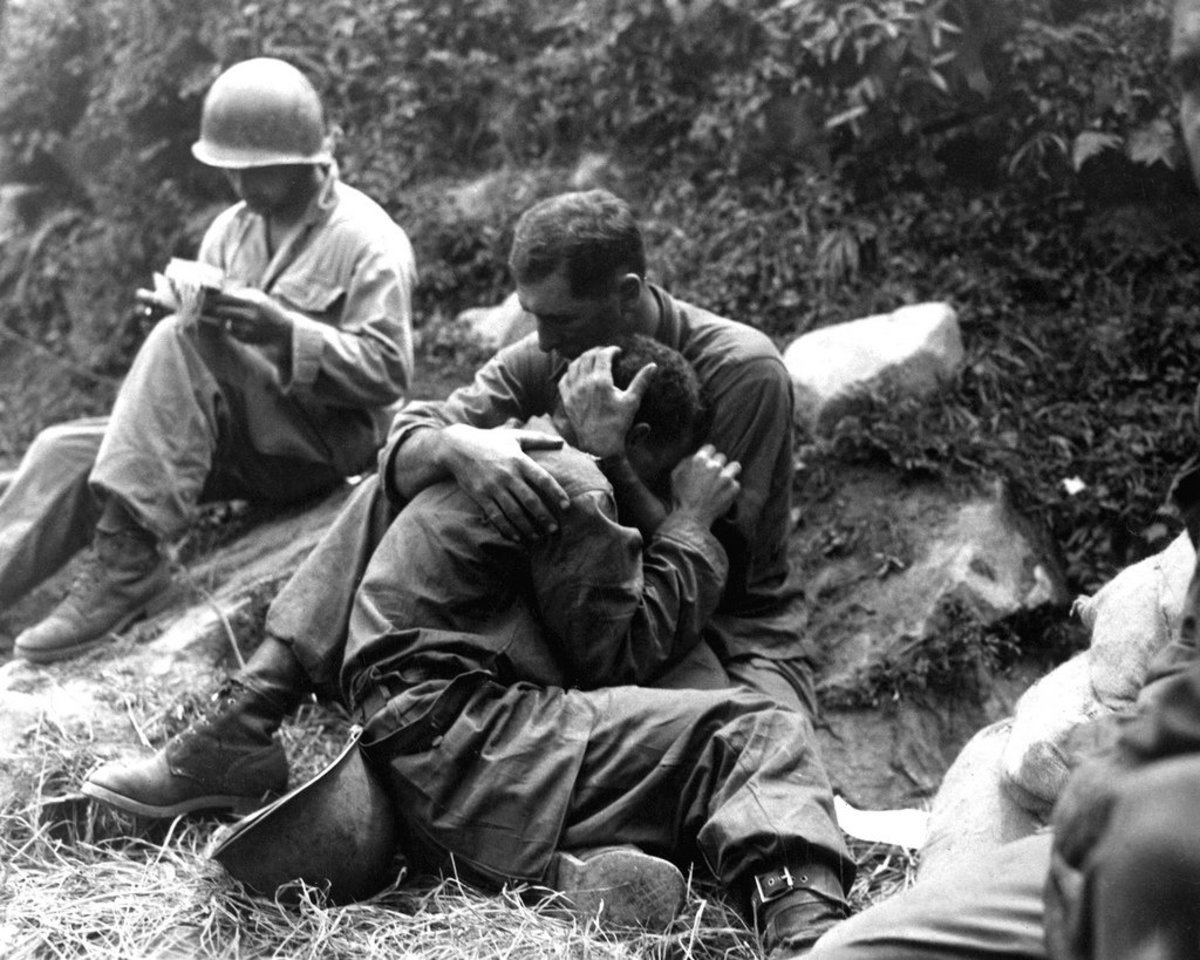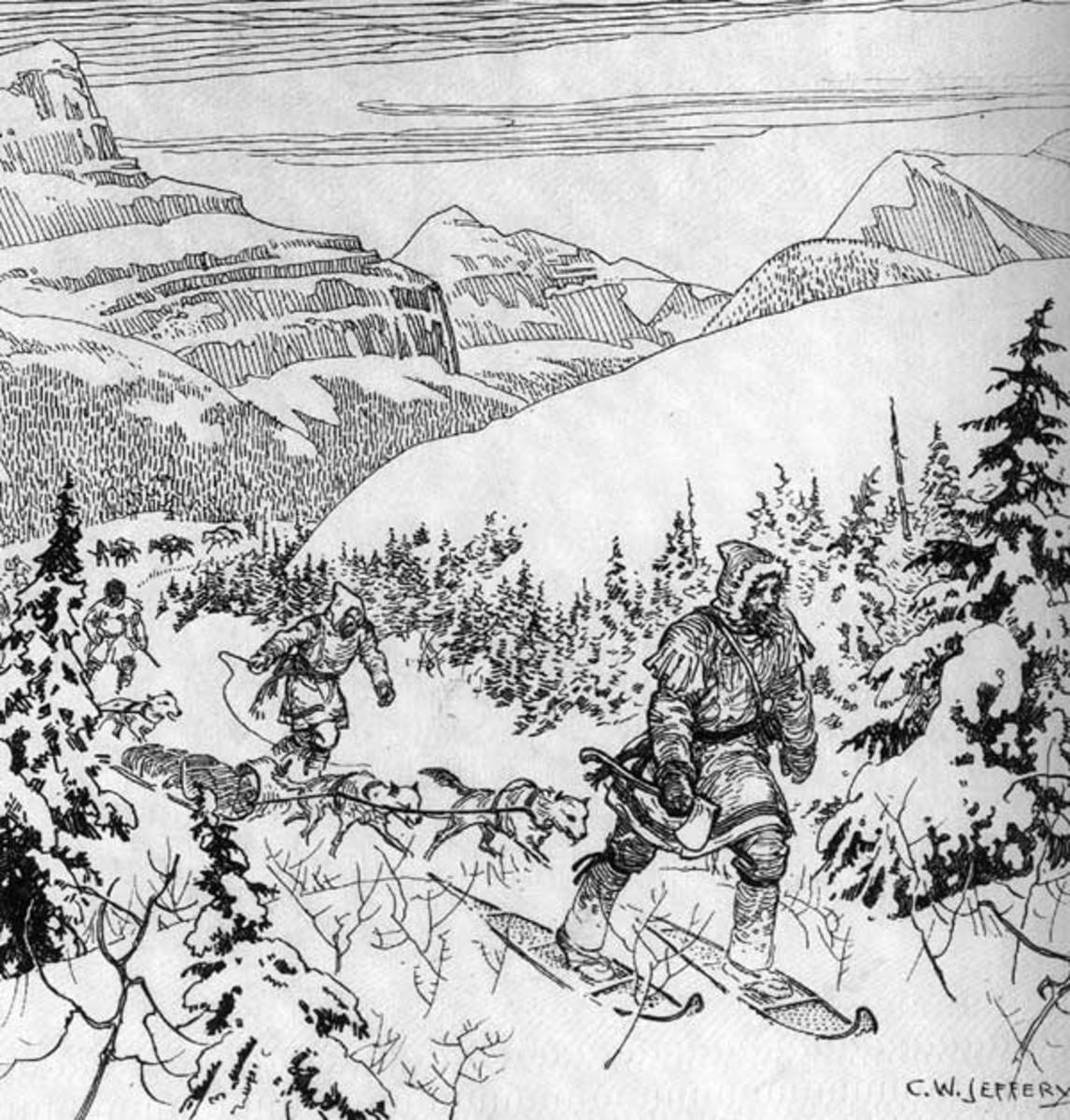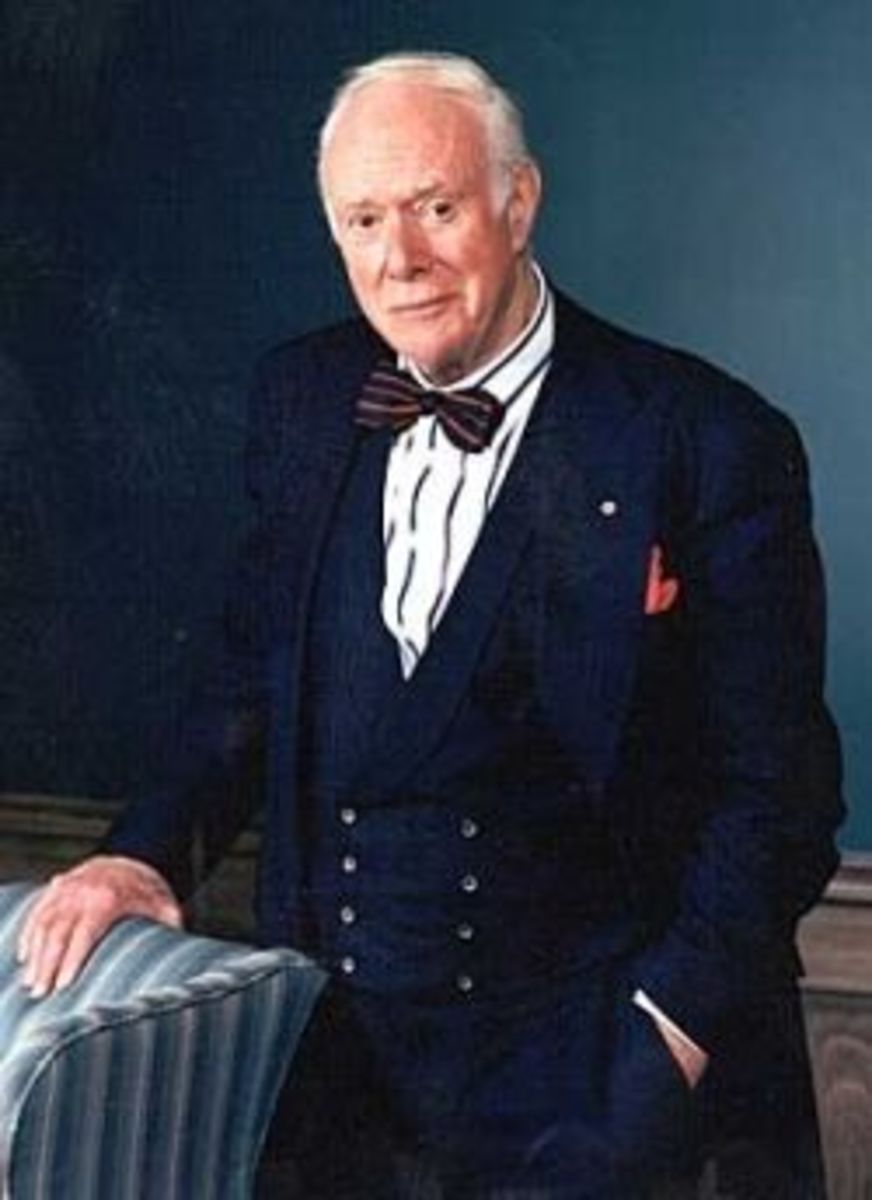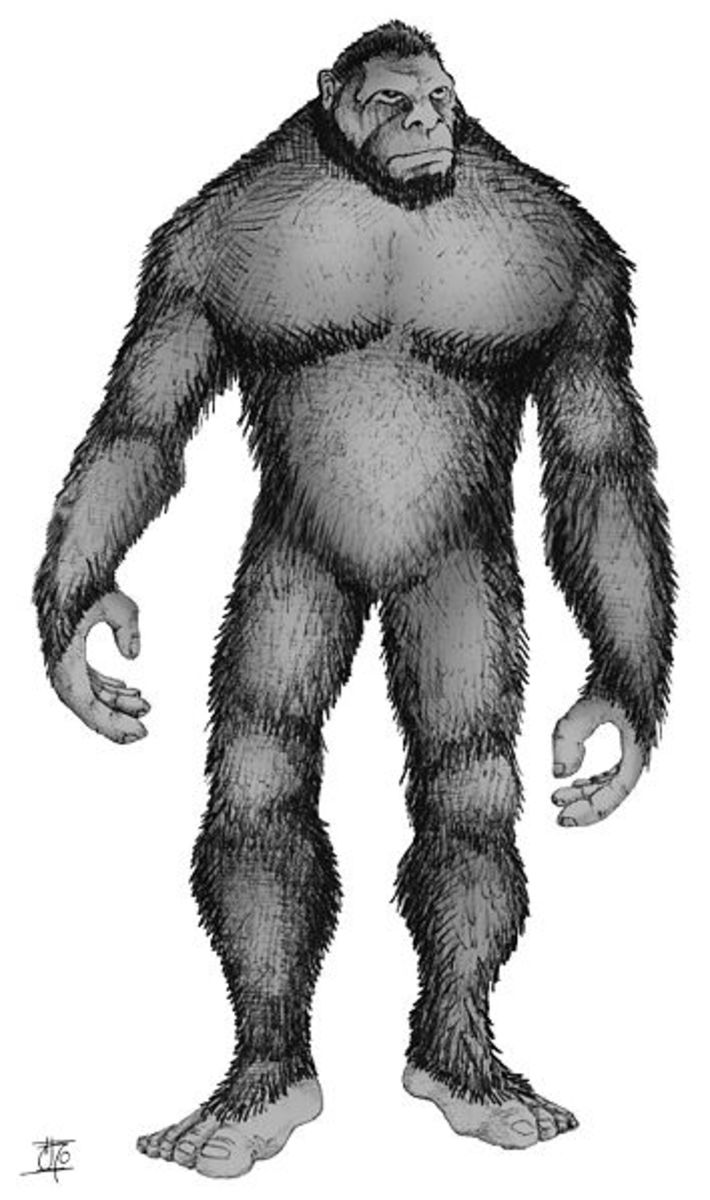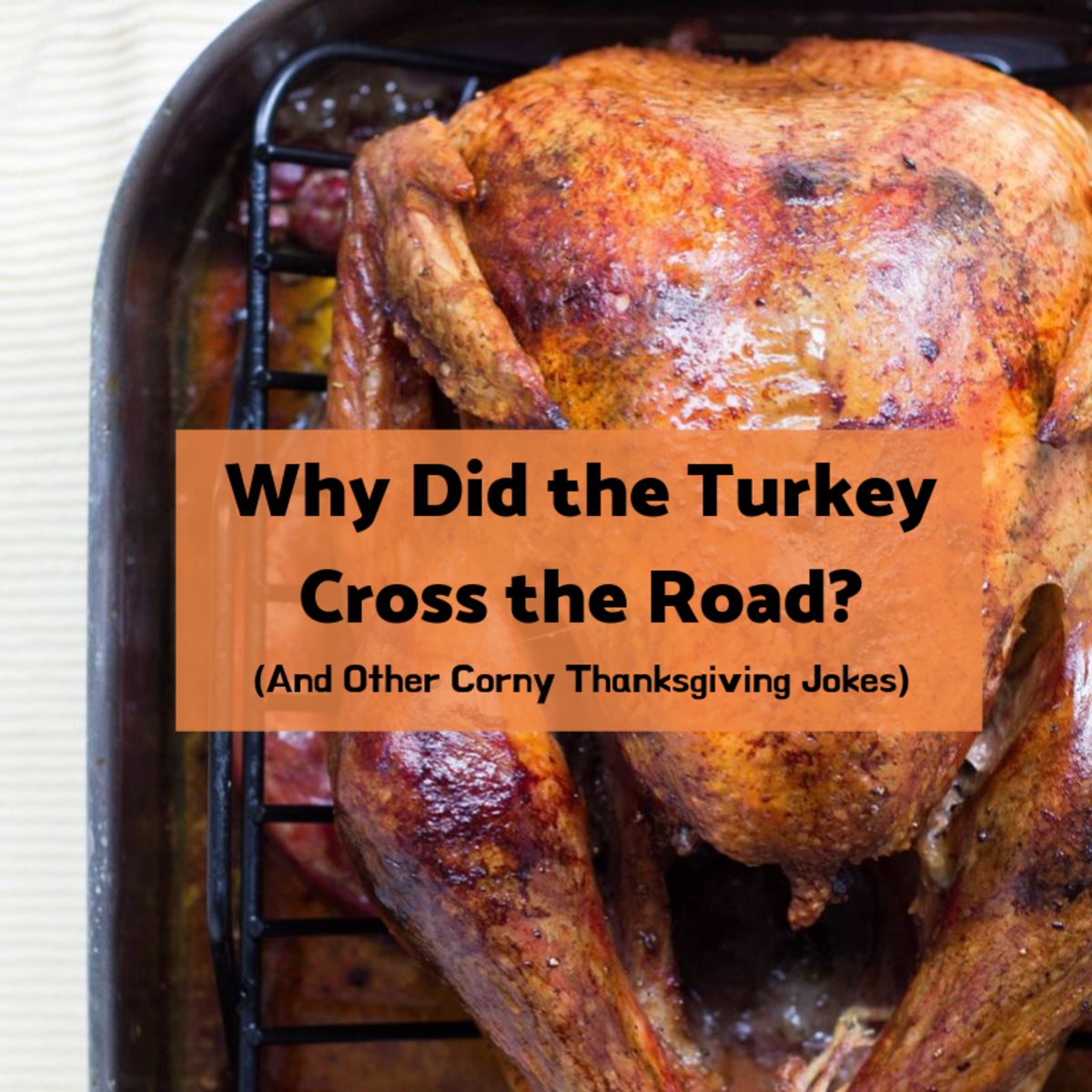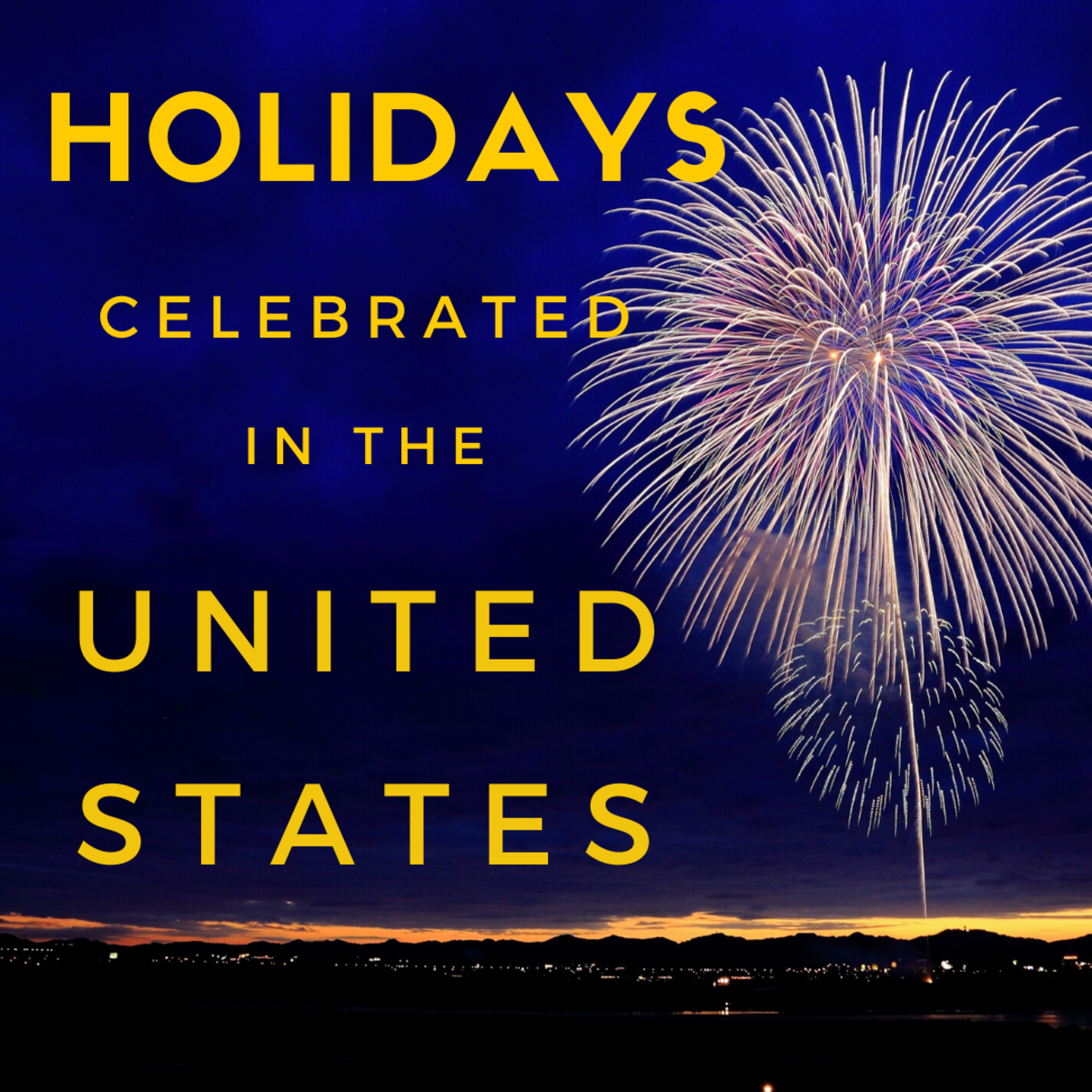Origins of Labor Day Holiday in North America
More than Just an End of Summer Holiday
Labor Day is a holiday that is celebrated on the first Monday in September in both the U.S. and Canada.
Despite the fact that people today tend to think of Labor Day, or Labor Day Weekend as Labor Day is a part of a 3 day holiday weekend, as the end of the summer season, the roots of the holiday are in the nineteenth and early twentieth century labor movement. It was originally a labor union inspired holiday designed to honor the industrial workers.
While most of the rest of the world celebrates May first, May Day, as the international worker's day, that particular date, because of its close association with communism and socialism, is mostly ignored in North America.
Ironically, both the idea of a holiday in honor of workers as well as the spring and fall dates selected for the holiday had their origins in Canada and the U.S.
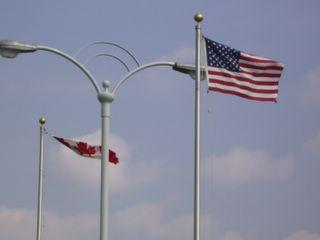
Holiday's Origins are in the American and Canadian Labor Movements
The late nineteenth century was a period of growing tensions between factory workers and factory owners in both Europe and North America.
The divisions between workers and factory owners were greater in Europe due to Europe's long tradition of class divisions.
Ambitious left-wing agitators, saw the growing industrial proletariat, concentrated in cities, as potential allies in their attempts to overthrow the old feudal order.
These agitators encouraged the factory workers to see themselves as both downtrodden and a potential political force.
In North America, where the tradition of class divisions was not only weak but also competed with the belief that everyone could increase their wealth and prestige through hard work, there was less interest among workers for political power.
As a result, the labor movement in North America became more of a bargaining agent for workers and less of a political movement.

Labor Unions in North America Focused on Pay and Benefits Rather than Political Power
Labor organizers In North America found that they had more success in recruiting workers if they concentrated on negotiating pay and better working conditions with business owners and limited their political activities to lobbying on issues that affected worker's pocketbooks rather than seeking a role for workers in government.
While they had some limited success in recruiting small groups of workers, communists, socialist and other Marxist oriented parties never really took hold in North America as they did in Europe and other parts of the world.
The result was that, while North American workers saw their standard rise steadily, European workers had to be satisfied with political power and a lower standard of living.
In Soviet Russia, where communists achieved complete control, the economy actually declined in the years between the 1917 putsch that brought Lenin and his party to power and the final collapse of the Soviet government in the early 1990s.
Most North American Workers Today Work in Offices Rather than Factories
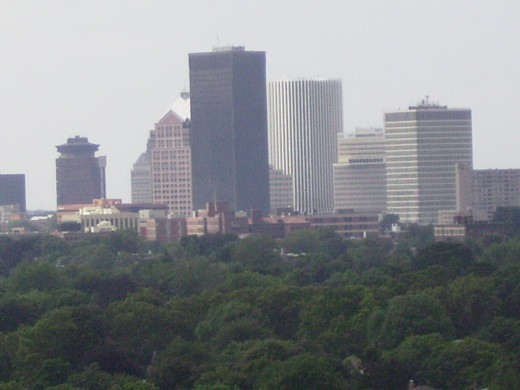
Norman Thomas - 20th Century Leader of Socialist Party in United States
While, weak in terms of electoral political success in the U.S., the fringe political parties that grew out of the labor movement did exert influence on public policy.
Norman Thomas (1884 - 1968) ran, unsuccessfully, for President as the candidate of the Socialist Party in every election between 1928 and 1948.
Even though his percent of the popular vote never exceeded low double digit numbers (and were usually single digit), he and his party were able to exert influence well beyond their numbers.
The existence of Socialists on their left flank forced the Democratic party to enact many parts of the Socialist Party platform in order to prevent the left wing of the party from bolting and voting for Thomas thereby giving the election to the Republicans.
In fact, when asked in his old age if he felt his life had been a failure, Thomas replied that he considered himself a success because, despite never having even come close to winning an election, as he had had the satisfaction of seeing practically every issue he fought for enacted into law.

A Labor Rally in Toronto Started it All
The story of Labor Day itself begins with a labor rally held on April 15, 1872 in Toronto, Canada.
The Toronto Trades Assembly organized the rally to show support for and protest the imprisonment of 24 leaders of the Typographical Union.
These twenty-four men had been arrested and sent to prison earlier for violating a law which forbid strikes by workers. When other means to limit the work day to nine hours failed, these men went on strike and were promptly arrested, tried and sent to prison.
The Toronto rally, while failing to obtain freedom for the twenty-four, did arouse considerable sympathy in Toronto and other parts of Canada and the U.S.
Canada's Conservative Prime Minister Suddenly Joins a Labor Rally in Ottawa
The issue of the twenty-four men languishing in prison continued to smolder until September 3rd of that year when it suddenly erupted in massive, but peaceful, mile long, parade in the Canadian capitol city of Ottawa.
The huge, torch lit parade snaked its way through the streets packed with supporters and sympathetic citizens.
Whether by chance or by design, the parade route ran right past the home of Sir John A. MacDonald, the Conservative party Prime Minister of Canada.
Seeing the enthusiastic workers parading past his home and observing the massive number of supporters lining both sides of the street, Sir John quickly accepted an invitation to join the parade.
To the cheer of the marchers and bystanders, the Prime Minister grabbed his coat, ran from his house and jumped aboard a passing parade wagon.
Arriving at the Ottawa City hall, the end of the parade route and focal point of the rally following the parade, Sir John joined labor leaders on the steps of the City Hall and gave a rousing speech.
In his impromptu speech, Sir John condemned the laws responsible for the imprisonment of the 24 Toronto leaders and others in the Canadian labor movement.
To the surprise of many, Sir John actually kept the promise he made at the rally that September evening. After some effort, he eventually succeeded in pushing legislation through Parliament repealing many of laws opposed by labor.
In the years that followed parades continued to be held in Canadian cities, some in the spring and some in the fall, supporting worker's organizing rights and honoring the memory of the two 1872 parades. There were also increasing calls for a holiday to honor workers.
Toronto, the city where the 24 labor protesters were arrested and jailed in 1872.
Ottawa, the capital of Canada and site of the massive 1872 parade that led to labor reform legislation in Canada.
Labor Leaders in U.S. Follow their Canadian Brothers in Supporting a Holiday to Honor Workers
Taking a cue from their Canadian brothers, labor leaders in the U.S. began to see that a day honoring labor could help their efforts in organizing and gaining public support for limitations on working hours and other labor issues.
The first Labor Day parade in the U.S. was organized by a group known as the Knights of Labor and was held in New York City On September 5, 1882.
Two men, Peter J. McGuire, who served as general secretary of the Brotherhood of Carpenters and Joiners and was later a co-founder of the American Federation of Labor (AFL) and Matthew Maguire, Secretary of the Central Labor Union in New York in 1882 are both credited as being responsible for proposing the holiday.

The two don't appear to be related and each has a following claiming their man first advanced the idea for a Labor Day holiday.
As with other one time events which evolve into annual events, we will probably never know for sure whether it was Matthew or Peter or some other person who first stood up and made the suggestion at a meeting for a parade and holiday to honor the American worker.
But we do know that both men, along with the Knights of Labor and others worked on the cause that ultimately resulted in Labor Day becoming an official holiday.
Just as in Canada, the idea of a holiday honoring workers grew and gained supporters in the U.S. Initial success came when municipal governments of industrial cities passed ordinances proclaiming a day to honor workers.
This was followed by success in getting bills introduced in state legislatures to have a holiday created in honor of labor.
On February 21, 1887 the Oregon legislature became the first state legislative body in the United States to pass one of these bills making Labor Day an official state holiday. Similar laws were quickly passed in other states later in 1887 and following years.
Finally, after much debate and lobbying by supporters of the labor movement, the U.S. Congress passed a law on June 28, 1894 making Labor Day a national holiday in the United States.
Twenty-five days later, on July 23, 1894 the Canadian Parliament passed a similar law making Labor Day a national holiday in Canada as well.
While Canada started the tradition of Labor Day with parades in 1872, the U.S. brought the idea to its conclusion by being the first to make Labor Day a national holiday mere weeks before the Canadians did the same. The rest of the world followed North America's lead on this issue in the years that followed.
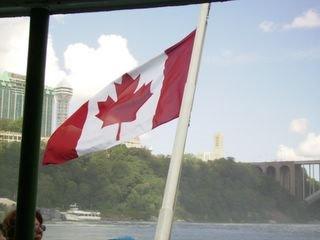
Why U.S. and Canada Choose First Monday in September for Holiday Rather than May 1st Like the Rest of the World
Both Canada and the U.S. celebrate Labor Day on the first Monday in September.
During the evolution of the holiday in Canada and in the U.S. both May and September were advanced as dates for the holiday and the various local celebrations sometimes occurred in May and sometimes in September.
Fictional Account of Haymarket Riots
While September 5, 1882 was the date of the first U.S. Labor Day parade, the 1872 parades in Toronto and Ottawa, which started the idea of a Labor Day parade/holiday, occurred in May and September respectively.
But another event, the Haymarket Riots which occurred in Chicago in May of 1886 caused political leaders in the U.S., and probably influenced Canadian leaders as well, to shy away from the May date.
While historians still debate what exactly happened and who started the riots, the riots did result in violence and death.
Official reports blamed the riots on anarchists and other communist and socialist radicals (for an alternative view of what happened see Andrew Greeley's action packed novel, Irish Stew! A Nuala Anne McGrail Novel).
Fearing that a May 1st holiday would end up celebrating an act of violence, leaders in the U.S. opted for the first Monday in September as the official holiday.
These fears were later justified when, at the founding of the Second (Communist) International in Paris in 1889, calls were made for an international labor protest the following year on May 1, 1890.
The honoring of the Haymarket riots by the Marxist Second International was a major reason for the selection of the May 1st date by Socialists and Communists.
As a result, May 1st has since become the date that Communist, Socialist and other left leaning political groups around the world have managed to have their nations adopt May Day as the official worker's holiday in those nations.
Labor Day Today
Today, Labor Day is celebrated by most people in English speaking North America as a day to relax and spend time with families.
Growing prosperity and declining labor union membership have severely weakened the link with its roots in the labor movement.
Also, in the more open society of North America, class divisions are weak and fluid making it difficult to make a firm distinction between workers and business owners/managers. In America we all work, and distinctions between employee and employer are no longer that great.
Finally, as the late business commentator, Peter Drucker, once observed, the stock and mutual fund investments by worker pension funds and worker's IRA and 401(k) accounts have resulted in effectively making workers the owners of American industry - Karl Marx's dream of worker ownership of the means of production has, ironically, been achieved in America via the capitalist stock market!
Labor Day has thus become a day when Americans and Canadians have one last opportunity enjoy the lazy days of summer before returning to work and school from summer vacations.
Articles on Other Autumn Holidays and Events
- Holidays - Celebrate the Web on September 22nd with OneWebDay
Celebrate the web on September 22nd with the new OneWebDay holiday - Lief Erikson Day - October 9th
The Irish have St. Patrick's Day, the Italians Columbus Day, Hispanics Csar Chvez Day and the Blacks Martin Luther King Day. Being a recognizable part of the population, especially in northern Wisconsin... - Credit Union Day - An October Holiday Celebrating Thrift
Since 1948, the third Thursday in October has been celebrated by thousands of credit unions around the globe as International Credit Union Day. Some credit unions in both the United States and abroad... - Holidays - Origins of Halloween
The old saying, variety is the spice of life, says much about the need to enrich our lives and reinvigorate our spirits by deviating periodically from our daily routine. While daily routines like,... - More Information on Peter Drucker
An entry on my econmics blog, posted at the time of Drucker's death, dealing with Drucker and his ideas. - Review of Andrew Greeley's "Irish Stew! A Nuala Anne McGrail Novel"
Review I wrote about this novel which takes view that responsibility for this riot lays with the authorities and not with the protesters.
© 2006 Chuck Nugent



